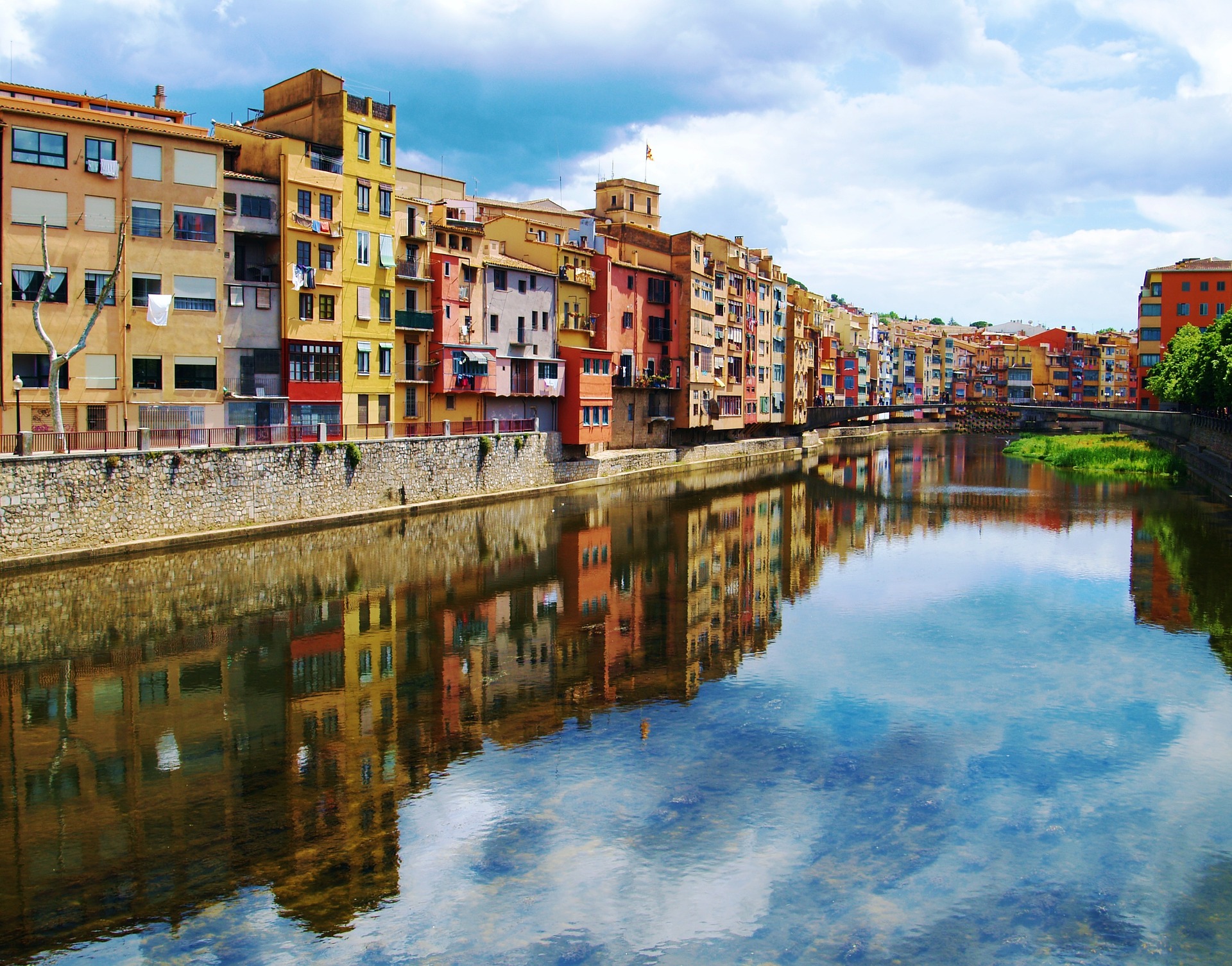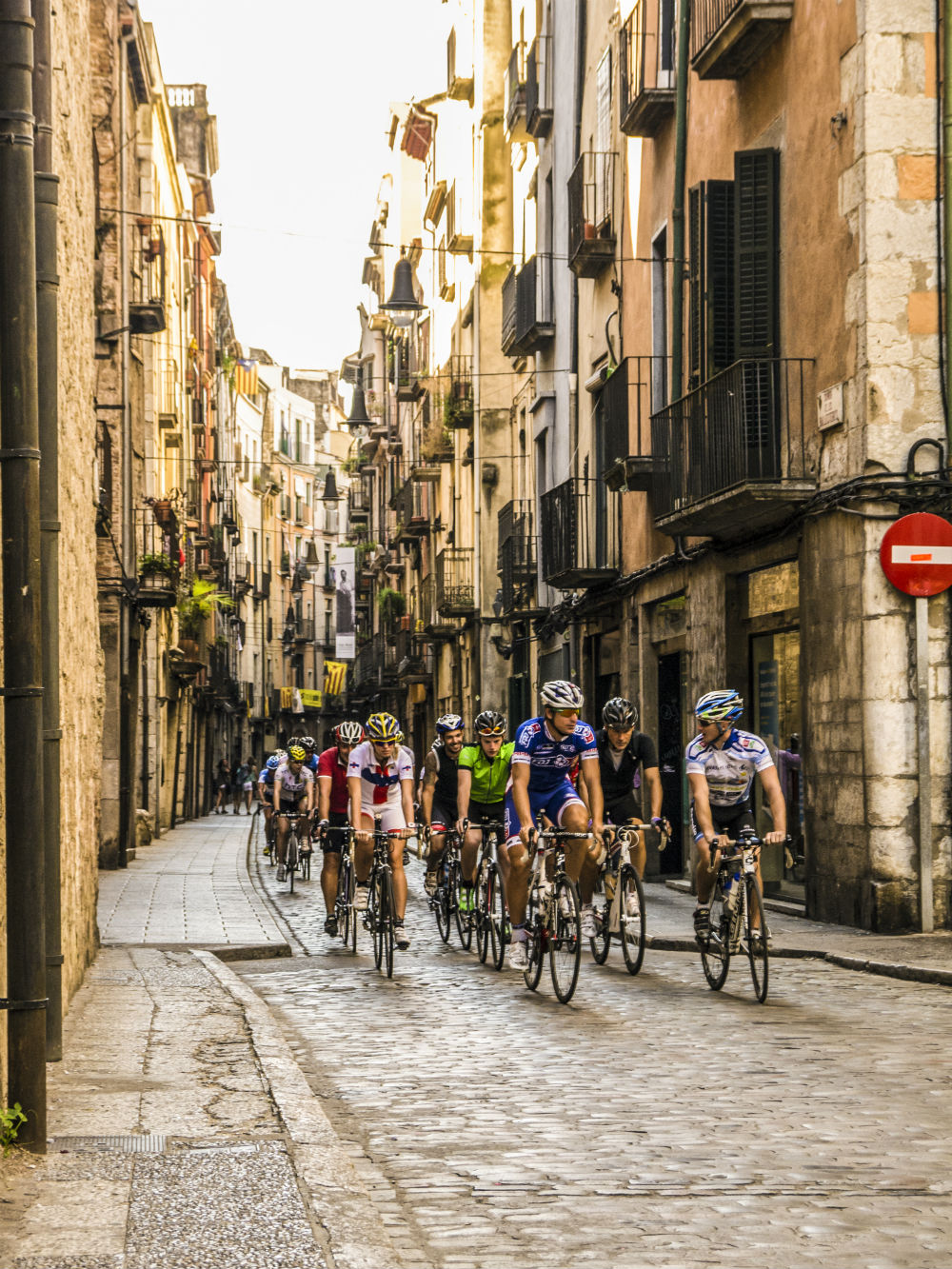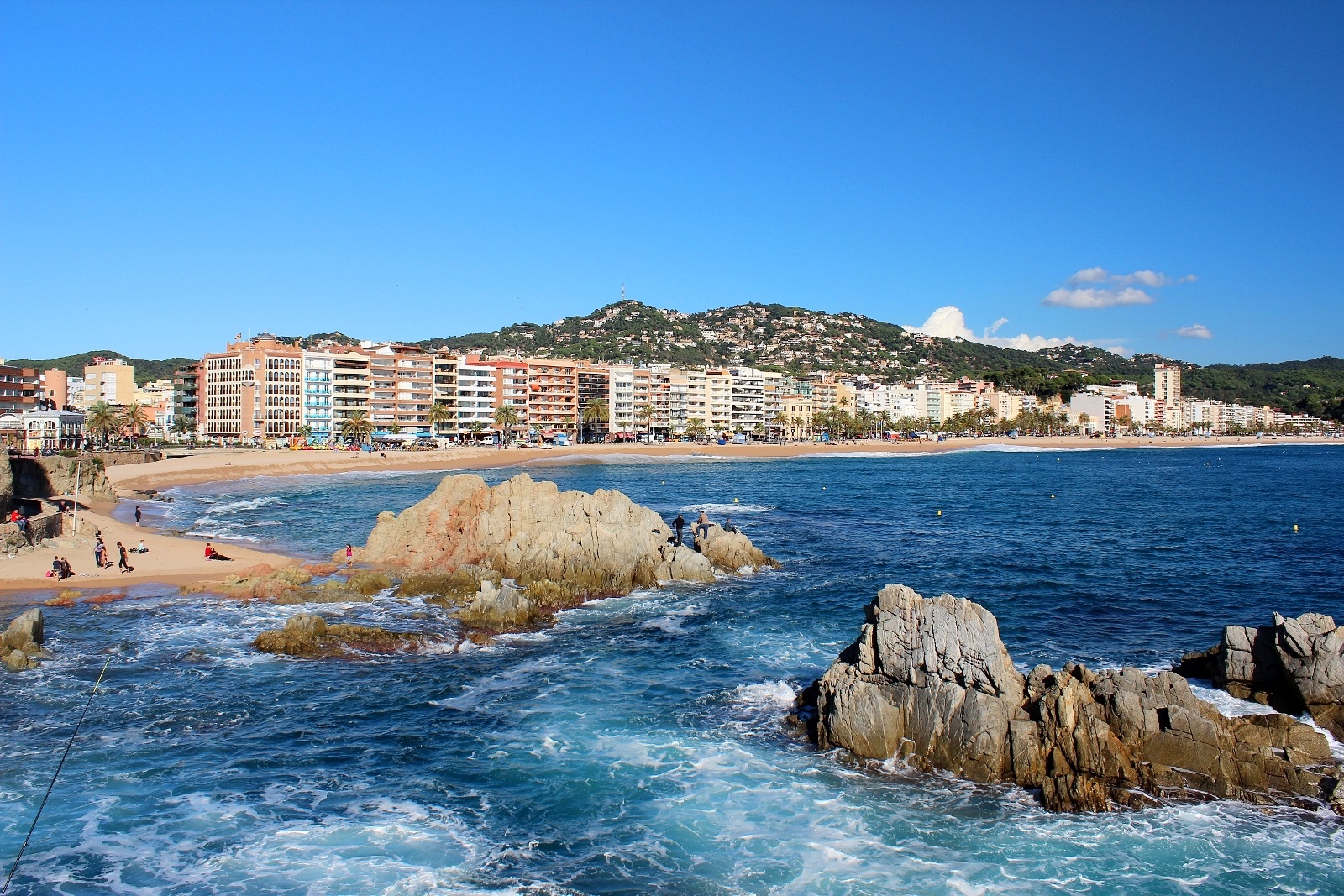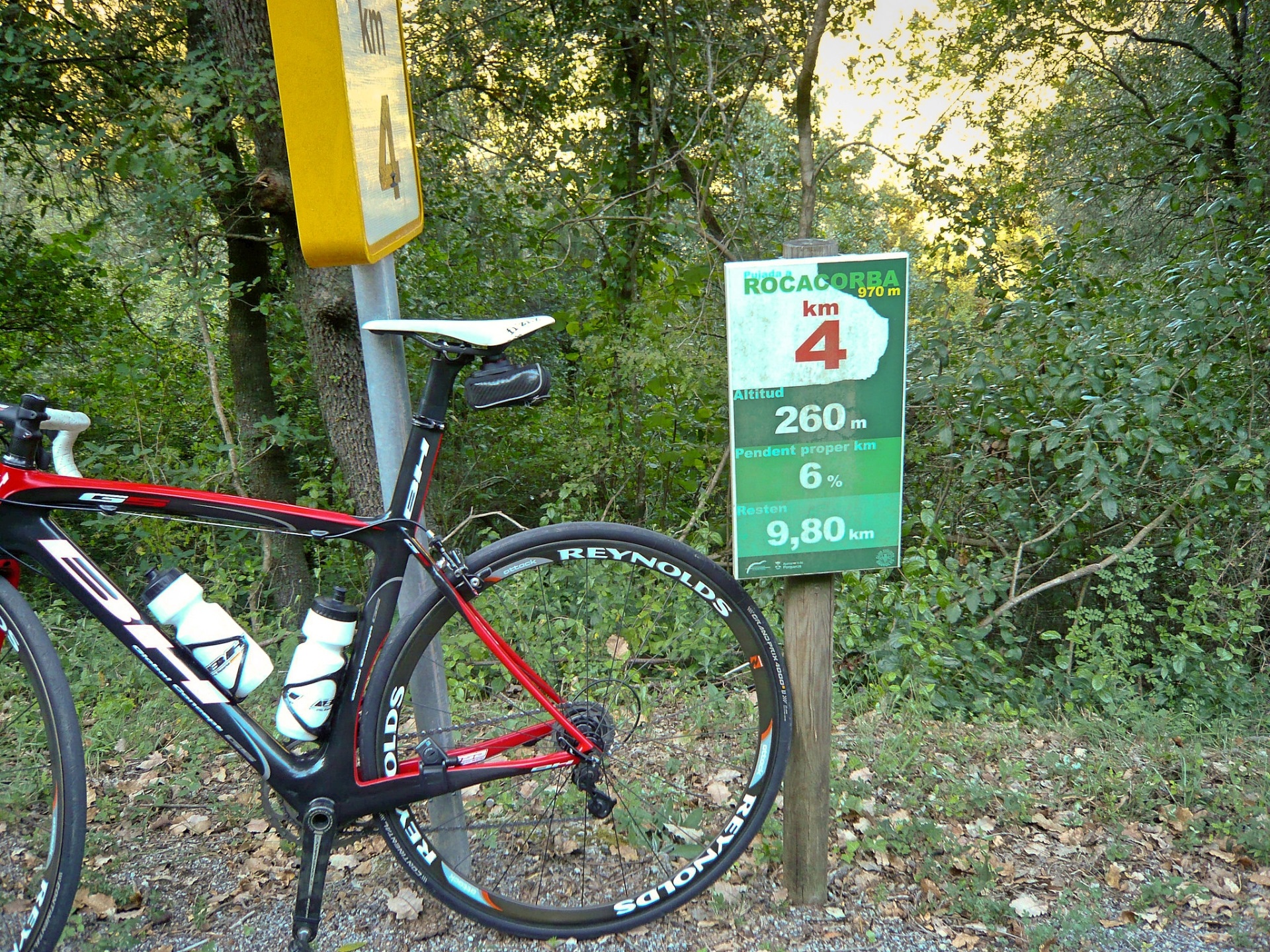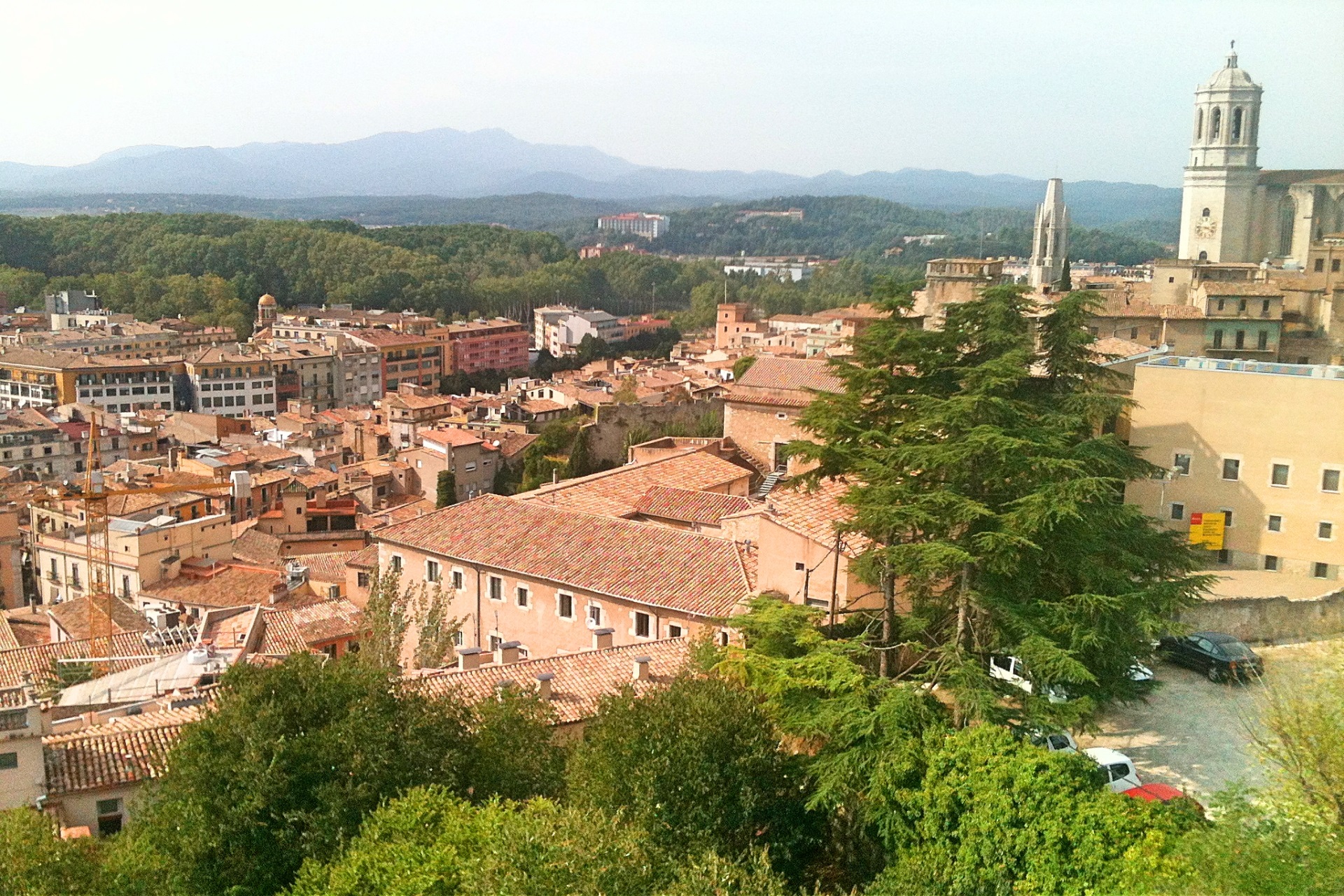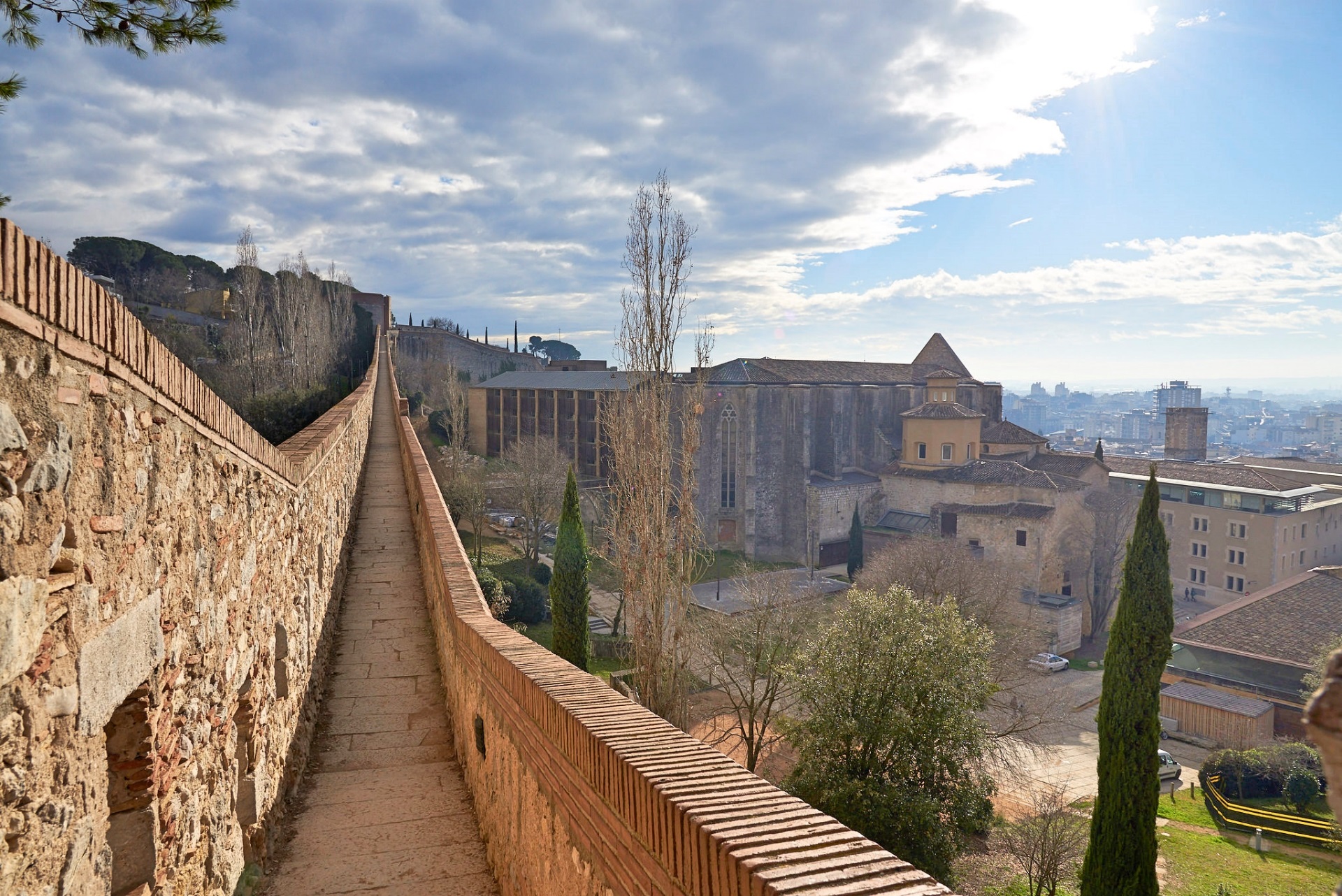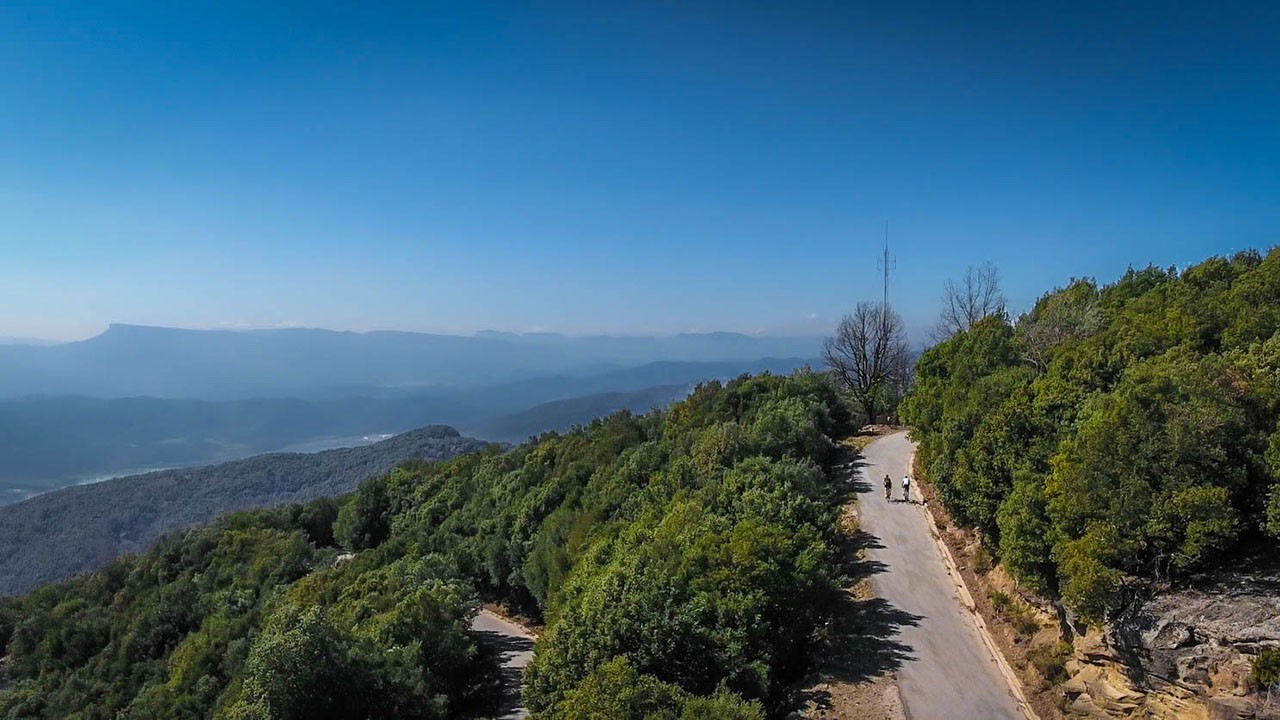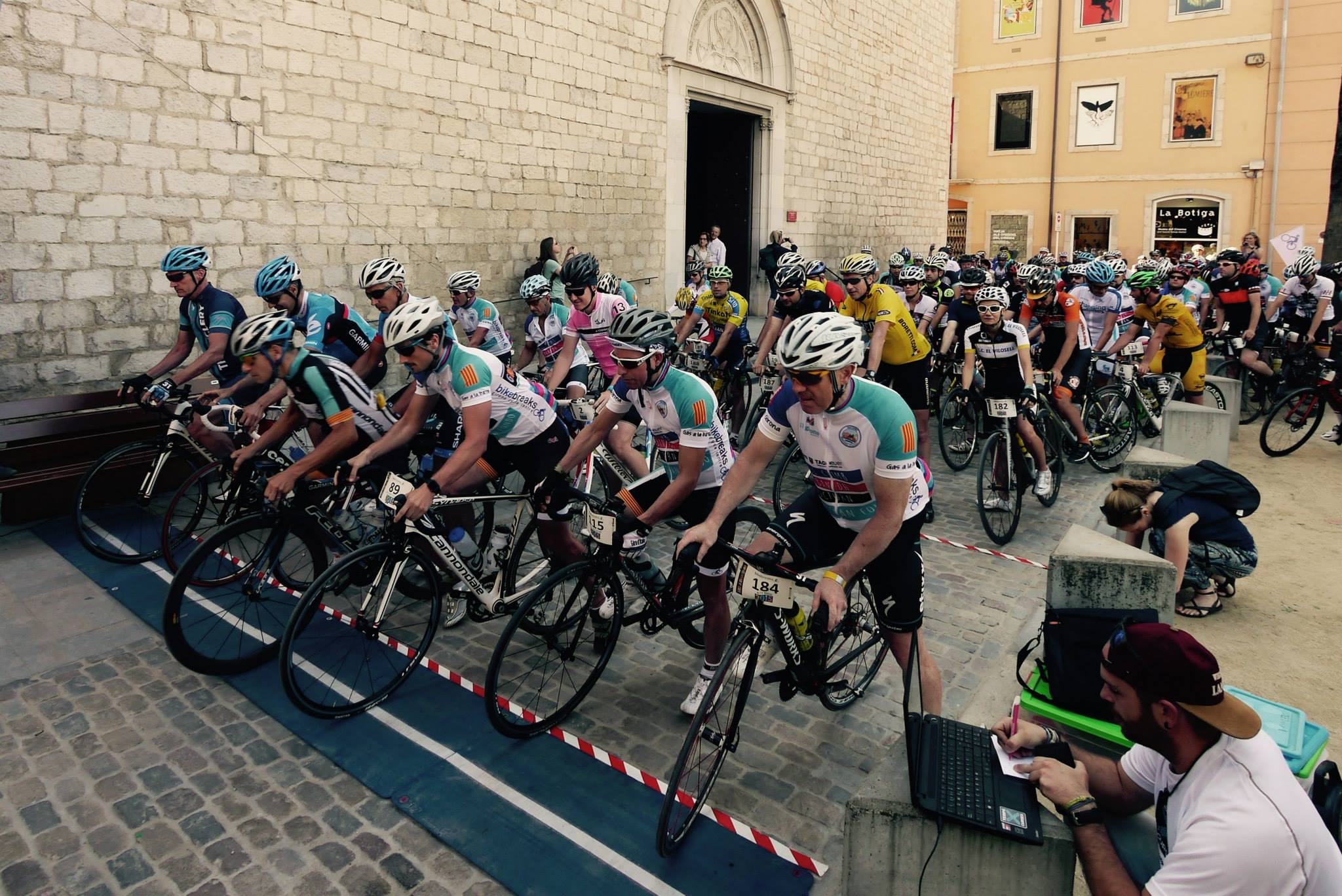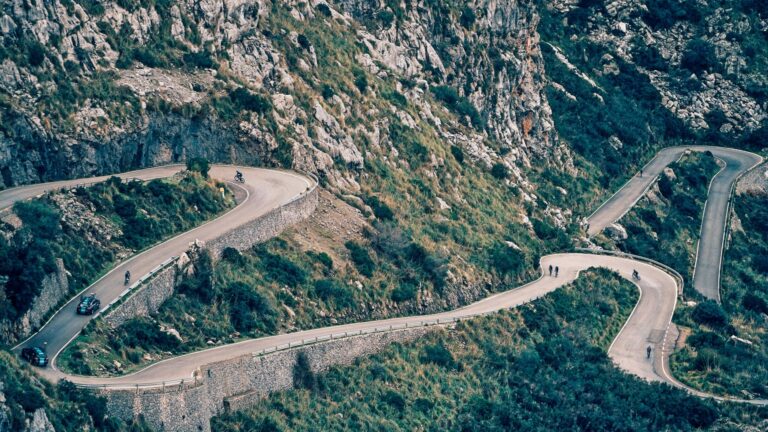When you think of dream places to go and ride your bike, where do you think of? The Alps? The Pyrenees? Mallorca? The Canary Islands? All are popular options and we’ve covered them in previous essential guides to help get you started with your planning for your next big trip.
But what about Girona? It’s only in the past fifteen years or so, its European training base, that the area has become known as a cycling paradise. In fact, dozens of pros now live there, which tells you one of two things: pro cyclists are like sheep, or Girona itself genuinely has something to offer.
Even so, Girona remains somewhat off the beaten track, with pros still claiming that the area is still relatively untouched by tourism, with the benefits of quiet, smooth roads, easy going Catalan culture and a huge variety of training roads. Oh, and there’s the weather.
So, instead of going to the obvious destinations, why not consider Girona as your next cycling destination? Here’s all you need to know to get started.
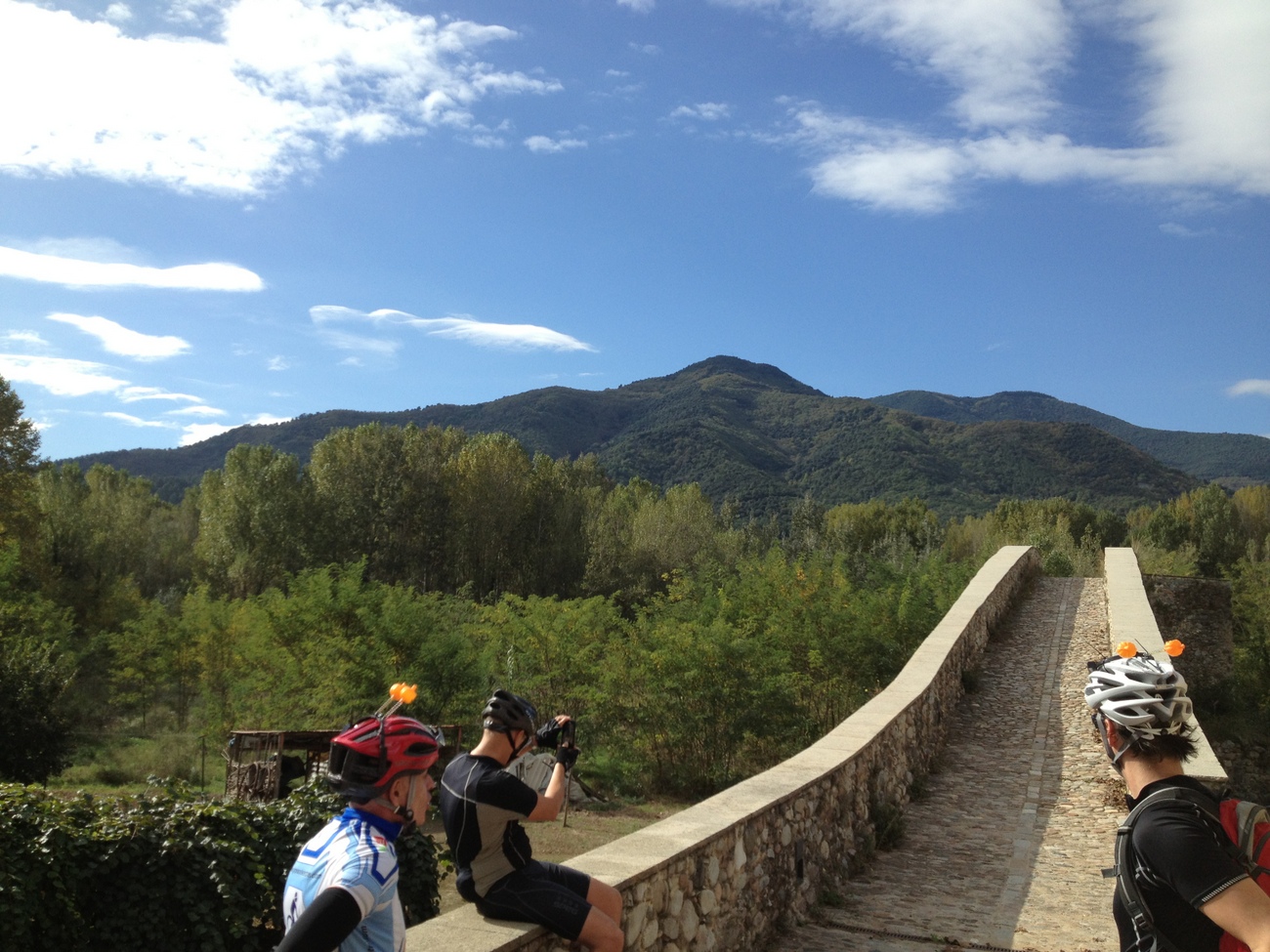
[series]

